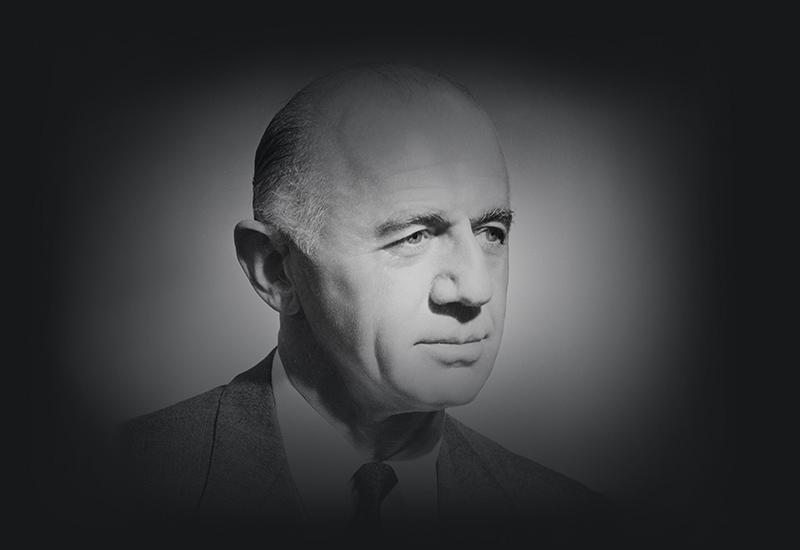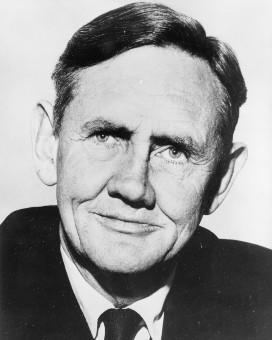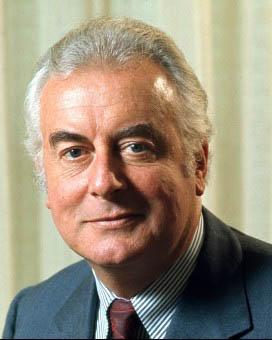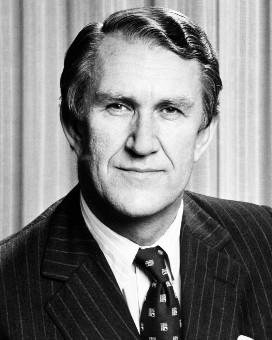William McMahon remained in parliament for 10 years after he lost office in December 1972. McMahon was an Opposition backbencher from 1972 to 1975, and then a backbencher in the Coalition government of Malcolm Fraser and Doug Anthony. He retired from parliament in 1982, and died in 1988 at 80 years of age.
After the Coalition government lost the federal election on 2 December 1972, McMahon did not contest the leadership ballot on 20 December, and Billy Snedden was elected leader of the parliamentary Liberal Party. When Malcolm Fraser became Prime Minister in 1975, McMahon remained a backbencher.
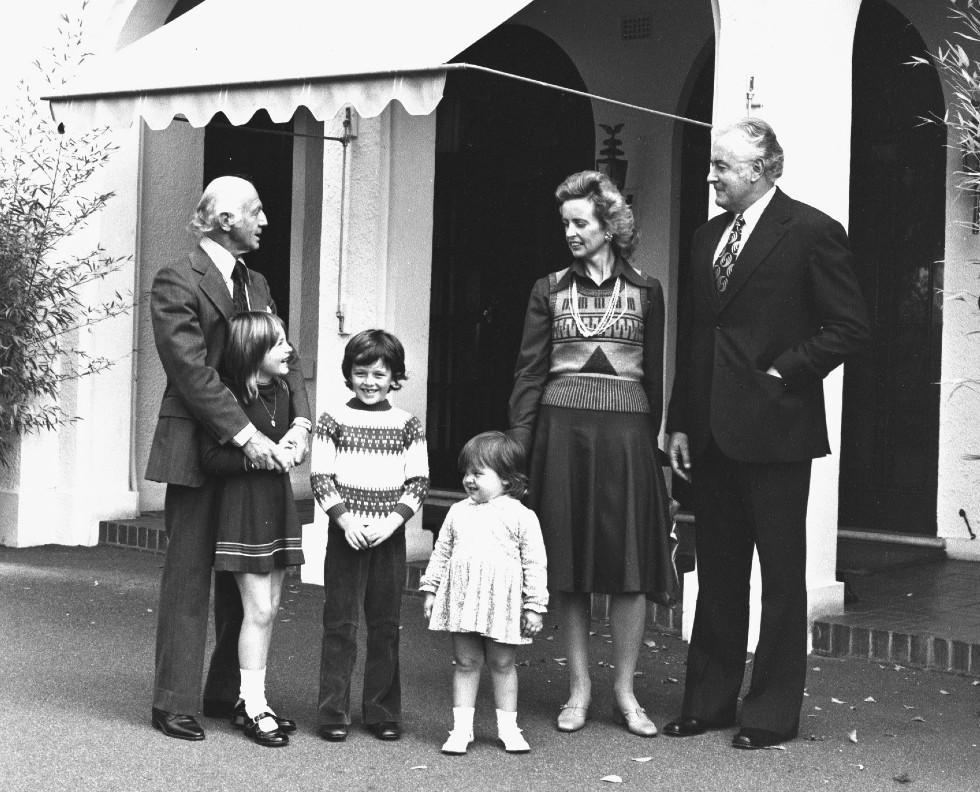
William and Sonia McMahon, with their children Deborah, Julian and Melinda, visit Prime Minister Gough Whitlam at The Lodge in 1975. NAA: M151, 203
McMahon retired from parliament on 4 January 1982, and the Liberal Party lost the seat to Labor in the by-election.
In retirement, McMahon worked as a financial adviser to the Bank of America, and for the BA Cash Management company. In the Queen’s Birthday Honours in June 1977, McMahon was made a Knight Commander of the Order of St Michael and St George (GCMG).
McMahon died on 31 March 1988 at the age of 80, after a long illness. A memorial service was held at St Andrew’s Cathedral in Sydney.
Sources
- Hughes, Colin, Mr. Prime Minister: Australian Prime Ministers, 1901–1972, Oxford University Press, Melbourne, 1976.
- Sekuless, Peter, ‘William McMahon’, in Michelle Grattan (ed.), Australian Prime Ministers, New Holland, Sydney, 2000.

